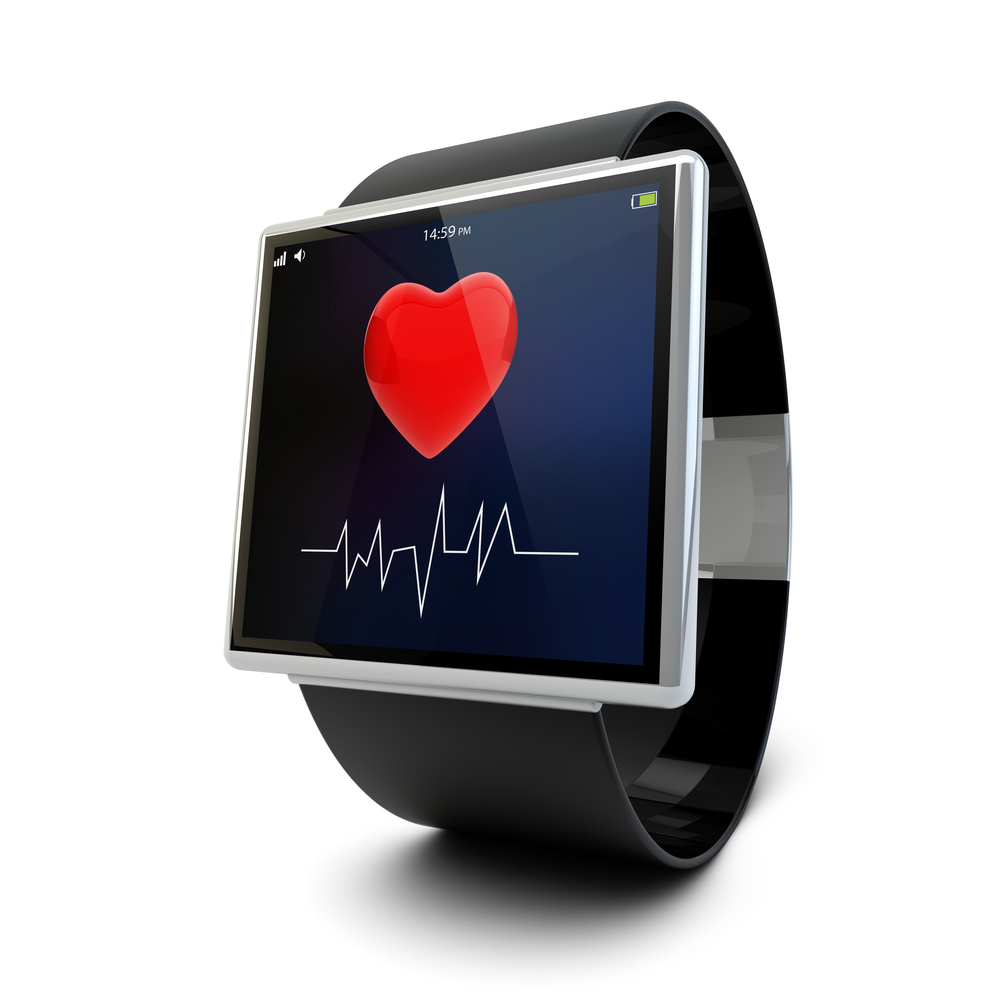In a recent mHealthNews article, Carole C. Carey, Chair of the IEEE Engineering in Medicine and Biology Society/Standards Committee addresses the critical role open standards have in empowering medical wearable devices.
It doesn’t require extensive research to understand the benefits of wearables for E-Health innovation. From heart rate and diabetes monitoring, personal wearable devices are helping patients and caregivers better assess and manage health and wellness in a variety of contexts. However, to date, some of the practices governing the capture and use of data for E-Health monitoring have limited the expansion of innovative technologies.
For example, for years, the practices supporting blood pressure meters assumed the capture of data from a traditional blood pressure cuff. While the technology for “cuffless” blood pressure assessment has been around for a while, a true, technically validated standard was missing for data capture from cuffless meters. Earlier cuffless devices required detailed and error-prone calibration techniques. To progress monitoring further, a new standard would be required to help disparate devices properly capture, calibrate, measure, assess, transfer, and archive blood pressure data.
Carey highlighted a new standard, developed by IEEE, which answers this call, making the capture of blood pressure data extensible much broader range of devices, enabling “cuffless” or less obtrusive blood pressure assessment and monitoring through wearable devices. The new IEEE standard brings uniformity, helps ensure safety, interoperability across devices and serves as a building block for developers that will help accelerate eHealth innovation. As Carey writes,
“IEEE 1708 was designed to set into a motion a host of positive developments with regard to wearable, unobtrusive, cuffless blood-pressure monitors. With the availability of a standardized way to evaluate and calibrate the devices, the hope is that more manufacturers will be encouraged to develop wearable, cuffless blood-pressure monitors, and more healthcare practitioners will be encouraged to use them. Further … the standard could help accelerate the adoption of the wearable, cuffless devices for more telemedicine and mobile healthcare applications. This standard may help fuel the larger trend toward predictive/preventive care that is intensifying around the world. In such ways, IEEE 1708 adds an important new dimension to the growing portfolio of IEEE standards designed to drive e-health innovation.”
The open standard for cuffless blood-pressure measurement is a perfect illustration of how the development of open standards, far from delaying innovation, play an increasingly important role as building blocks for innovation — expanding the relevance and impact of new technology through effective and practicable implementation. As Carey puts it, in effect “unlocking the benefit [of innovation] for humanity.”

